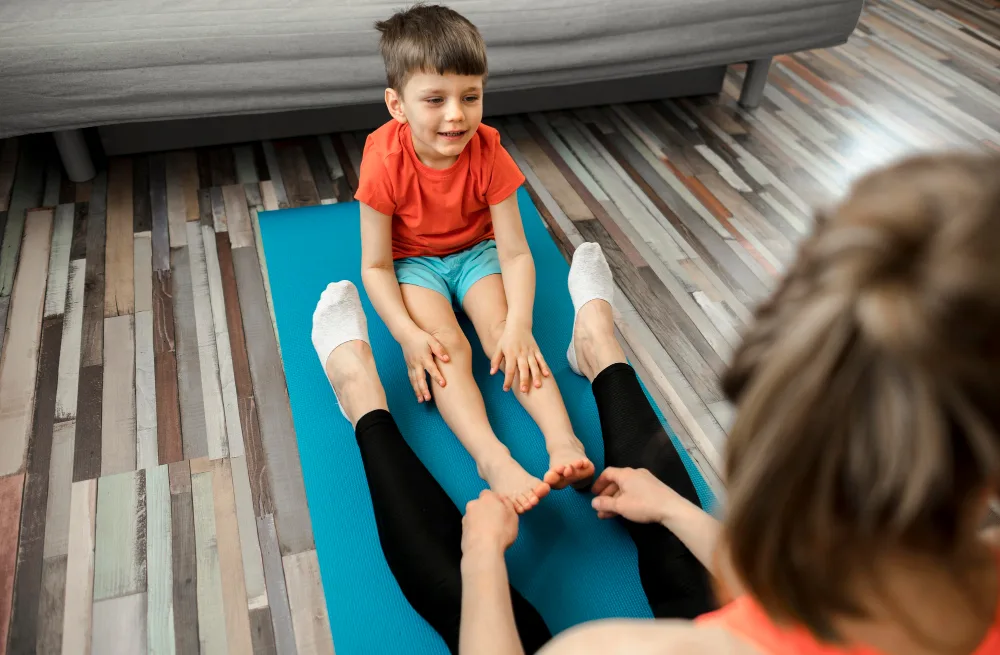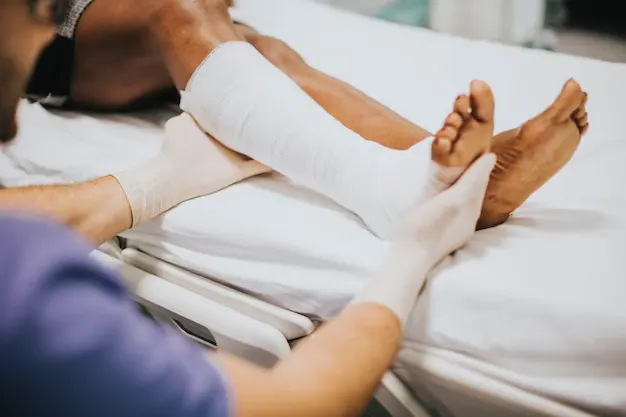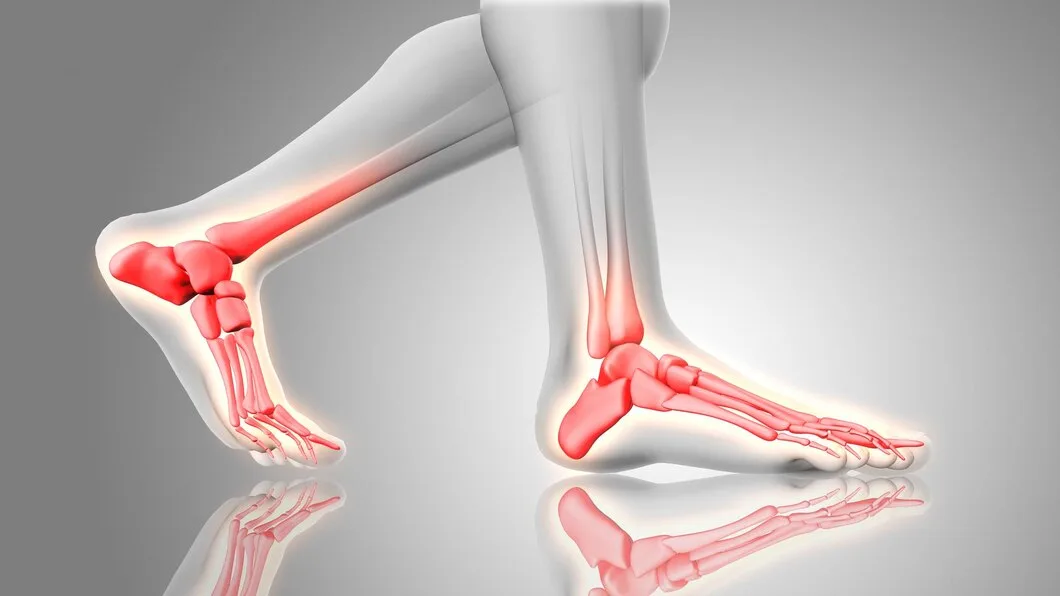The Benefits Of Pediatric Physical Therapy
Category: Orthopedics
Pediatric physical therapy is a specialized form of therapy aimed at improving the physical development, mobility, and strength of children. Whether a child is recovering from an injury, surgery, or dealing with developmental delays, pediatric physical therapy offers numerous benefits. At Lokmanya Hospital, we understand the importance of child health and offer personalized treatments to promote a healthy lifestyle.
What Is Pediatric Physical Therapy?
Pediatric physical therapy is the assessment and treatment of children’s movement disorders, aiming to improve their mobility, strength, and coordination. A pediatric physical therapist works closely with children, helping them develop the skills they need to achieve their developmental milestones, recover from injuries, and manage physical disabilities. The therapy incorporates a variety of exercises, stretching techniques, and fun, engaging activities designed specifically for children.
Key Benefits Of Pediatric Physical Therapy
1. Improved Mobility and Strength
One of the primary goals of pediatric physical therapy is to improve mobility and physical strength. If a child has difficulty walking, climbing, or participating in everyday activities due to injury, illness, or a disability, a pediatric physical therapist will design a personalized program to improve their movement and endurance. Strengthening the muscles around the joints and improving balance can help children achieve better coordination and prevent further injuries.
2. Developmental Milestone Achievement
For children experiencing developmental delays or neurological disorders, pediatric physical therapy helps in meeting developmental milestones such as crawling, walking, and running. Therapists utilize different methods and equipment designed to assist in achieving these milestones, improving motor skills and sensory processing. This also boosts self-confidence, helping children to engage more actively with their peers.
3. Pain Relief and Injury Recovery
Children who have suffered from injuries, surgeries, or conditions like cerebral palsy, scoliosis, or torticollis can benefit greatly from pediatric physical therapy. Therapy helps reduce pain and inflammation by using gentle stretches, joint mobilizations, and strengthening exercises. It accelerates recovery, helping children regain full function after an injury or surgery and preventing chronic pain conditions that can affect their daily activities.
4. Enhanced Posture and Alignment
Physical therapy helps children with poor posture or spinal alignment issues by teaching them proper body mechanics. Improving posture is vital for overall physical health, as it can alleviate pain, reduce fatigue, and prevent future injuries. In cases where children experience scoliosis or abnormal spine curvature, physical therapy can be part of a comprehensive treatment plan to slow or prevent progression of the condition.
5. Increased Independence and Confidence
One of the most empowering aspects of pediatric physical therapy is that it encourages children to become more independent in their daily activities. By improving their physical strength, coordination, and mobility, children can perform tasks such as dressing, feeding, and playing with fewer limitations. This increased independence often leads to improved confidence, as children are better able to participate in school, sports, and other activities that enhance their overall development.
6. Managing Chronic Conditions
Children with chronic conditions like cerebral palsy, muscular dystrophy, or juvenile arthritis can also benefit from pediatric physical therapy. Physical therapy helps manage the symptoms of these conditions by increasing strength, enhancing flexibility, and preventing contractures. A well-designed therapy plan can make a significant difference in a child’s quality of life, providing them with the tools they need to live more comfortably and remain active.
7. Prevention of Future Complications
Early intervention with pediatric physical therapy can help prevent future physical complications. For example, children with poor posture or weak muscles are more likely to experience pain and injury later in life. By addressing these issues early, physical therapy can reduce the risk of developing chronic conditions and promote better long-term health. This proactive approach ensures children have a solid foundation for future physical development.
Why Choose Lokmanya Hospital for Pediatric Physical Therapy?
Lokmanya Hospital stands out as a trusted healthcare provider for pediatric physical therapy, offering personalized, evidence-based treatment plans for children. The hospital boasts a team of experienced pediatric therapists who are skilled at working with children of all ages, from infants to teenagers. They understand the unique challenges of treating children and create a comfortable, child-friendly environment that encourages active participation in therapy sessions. Lokmanya Hospital’s comprehensive approach ensures that your child receives not only physical therapy but also support for their emotional and social well-being, ensuring a holistic treatment experience.
Conclusion
Pediatric physical therapy is a vital part of a child’s physical development, recovery from injuries, and management of chronic conditions. It plays a critical role in enhancing mobility, strength, and independence while ensuring that children reach their full potential. Lokmanya Hospital, with its expert therapists and personalized care approach, offers a comprehensive treatment plan for your child's unique needs. If your child needs assistance with physical therapy, you can trust Lokmanya Hospital to provide exceptional care and support for their health journey.
FAQs
1 . What age group can benefit from pediatric physical therapy?
Pediatric physical therapy benefits children of all ages, from infants with developmental delays to adolescents recovering from injuries.
2. How long does a pediatric physical therapy session last?
A typical pediatric physical therapy session lasts between 30 minutes to an hour, depending on the child's needs and condition.
3. Are pediatric physical therapy exercises painful?
Most pediatric physical therapy exercises are gentle and designed to improve flexibility and strength; they may cause mild discomfort but are never intended to be painful.
4. How many sessions will my child need?
The number of sessions varies depending on the child's condition, goals, and progress. A therapist will develop a customized treatment plan for your child.
5. Does Lokmanya Hospital provide home exercises for children?
Yes, after evaluating your child's needs, therapists at Lokmanya Hospital provide a set of home exercises to support the therapy process.
6. Can pediatric physical therapy help with neurological conditions?
Yes, pediatric physical therapy can help manage conditions like cerebral palsy and other neurological disorders by improving movement, strength, and coordination.







